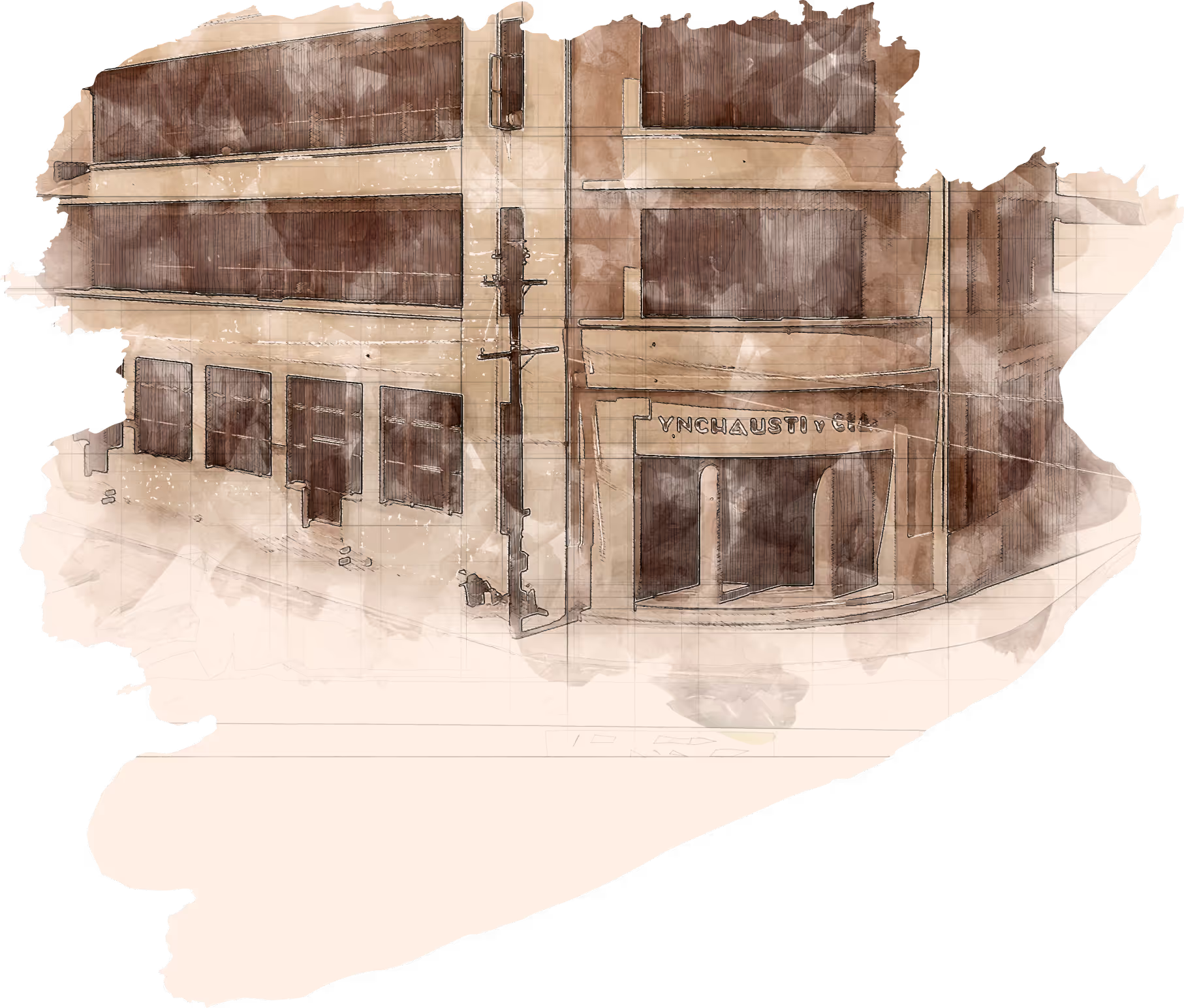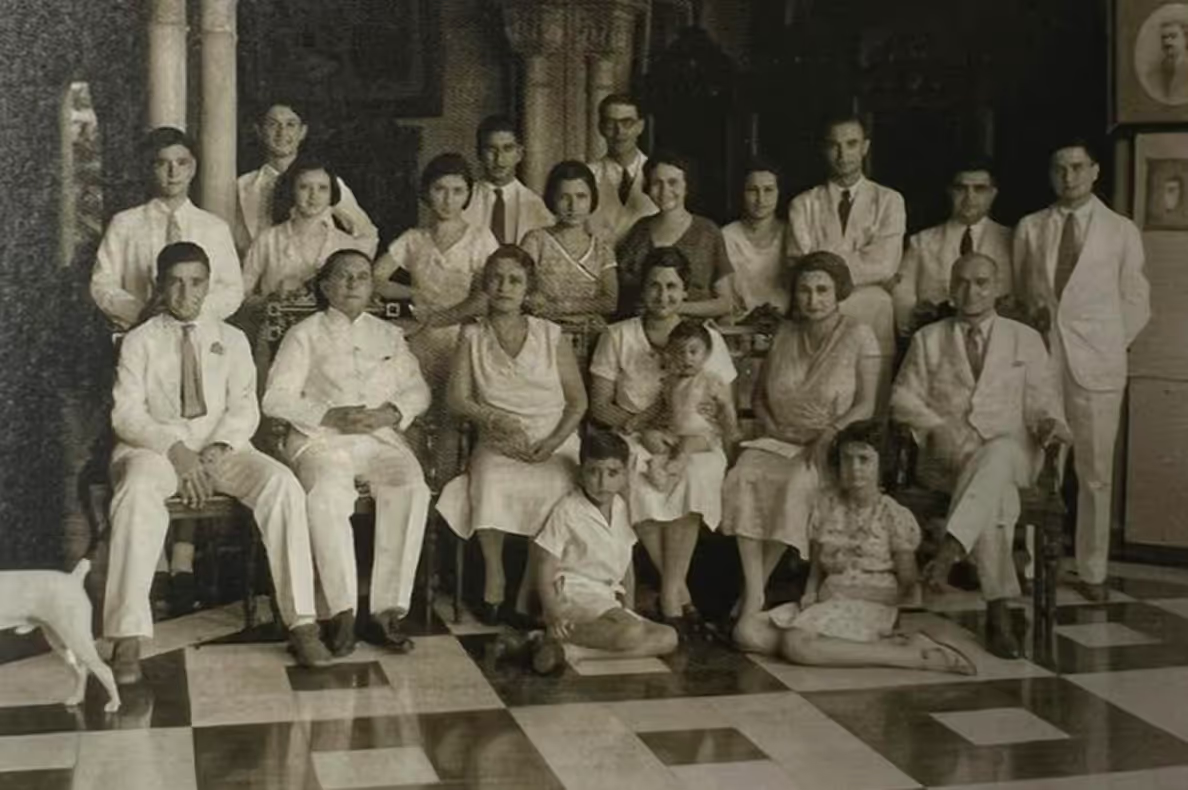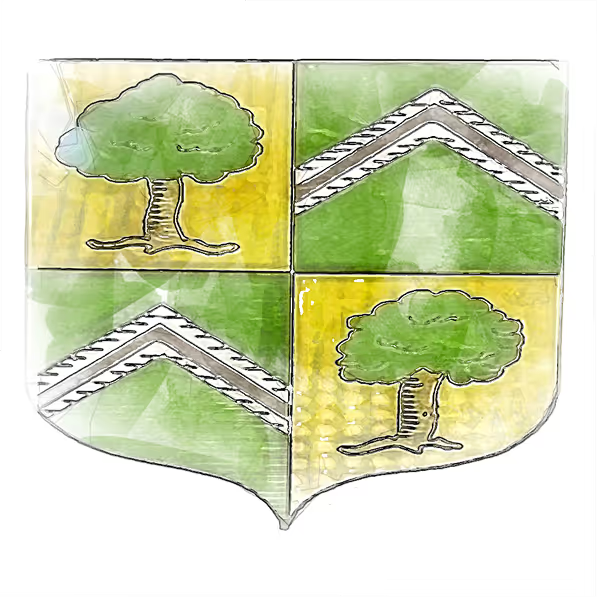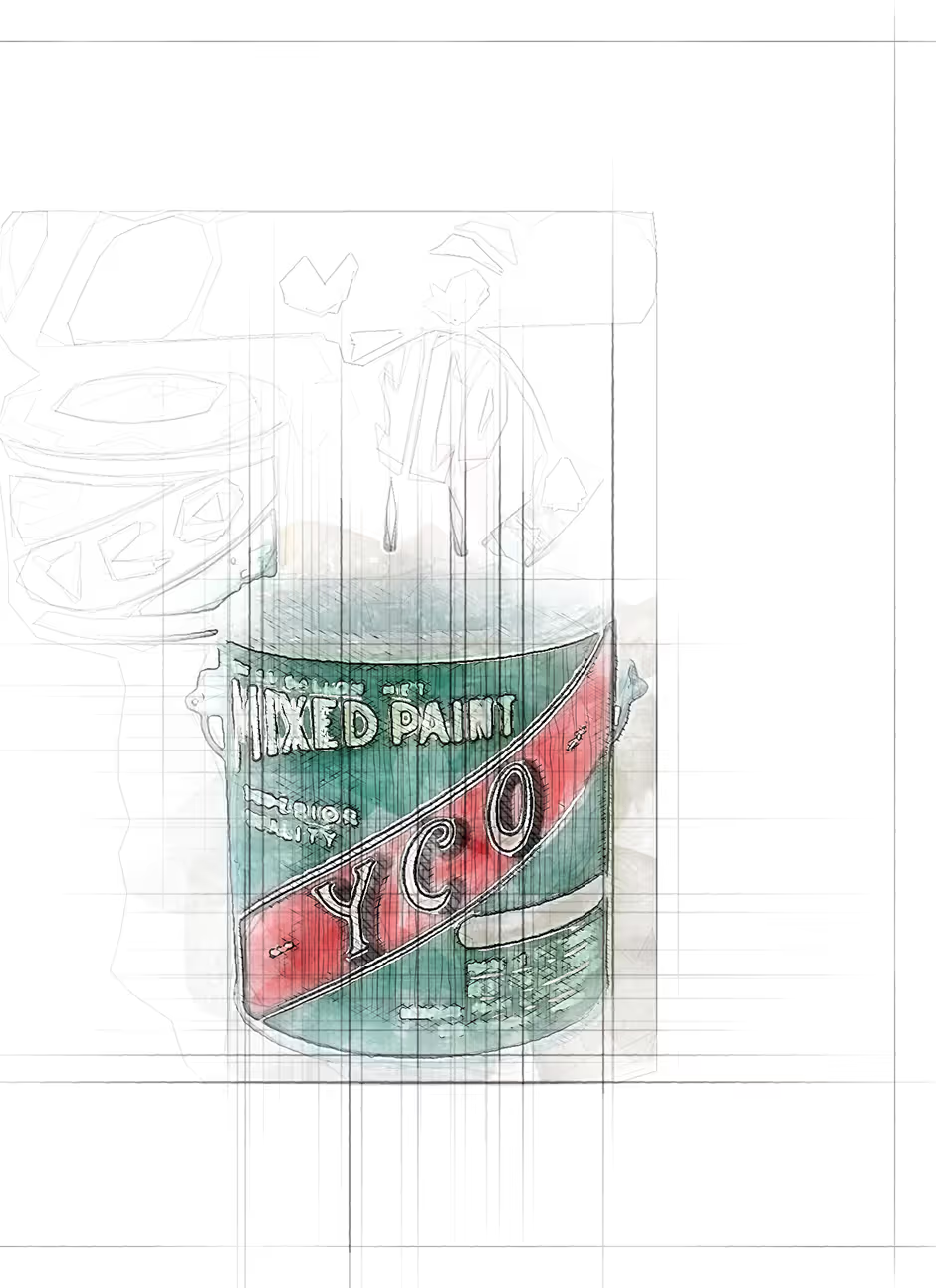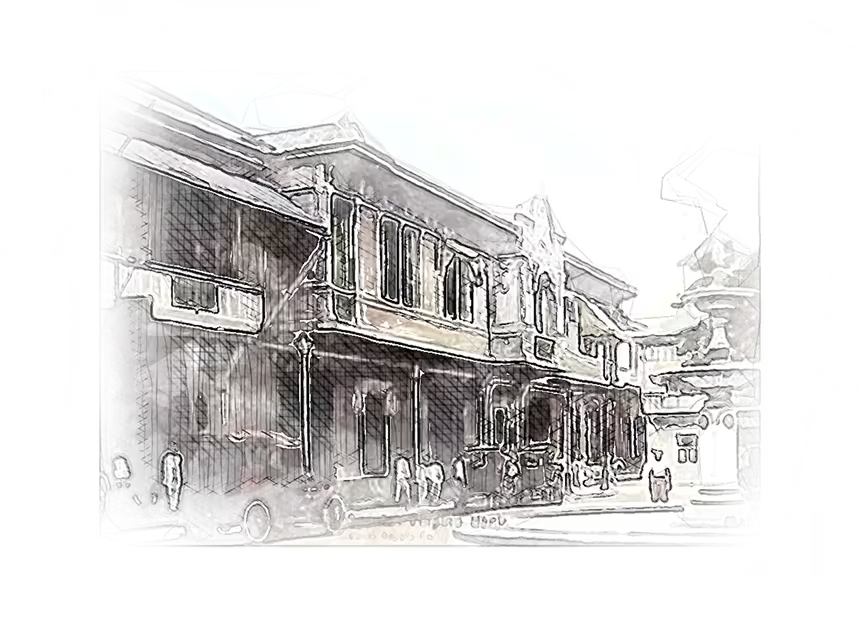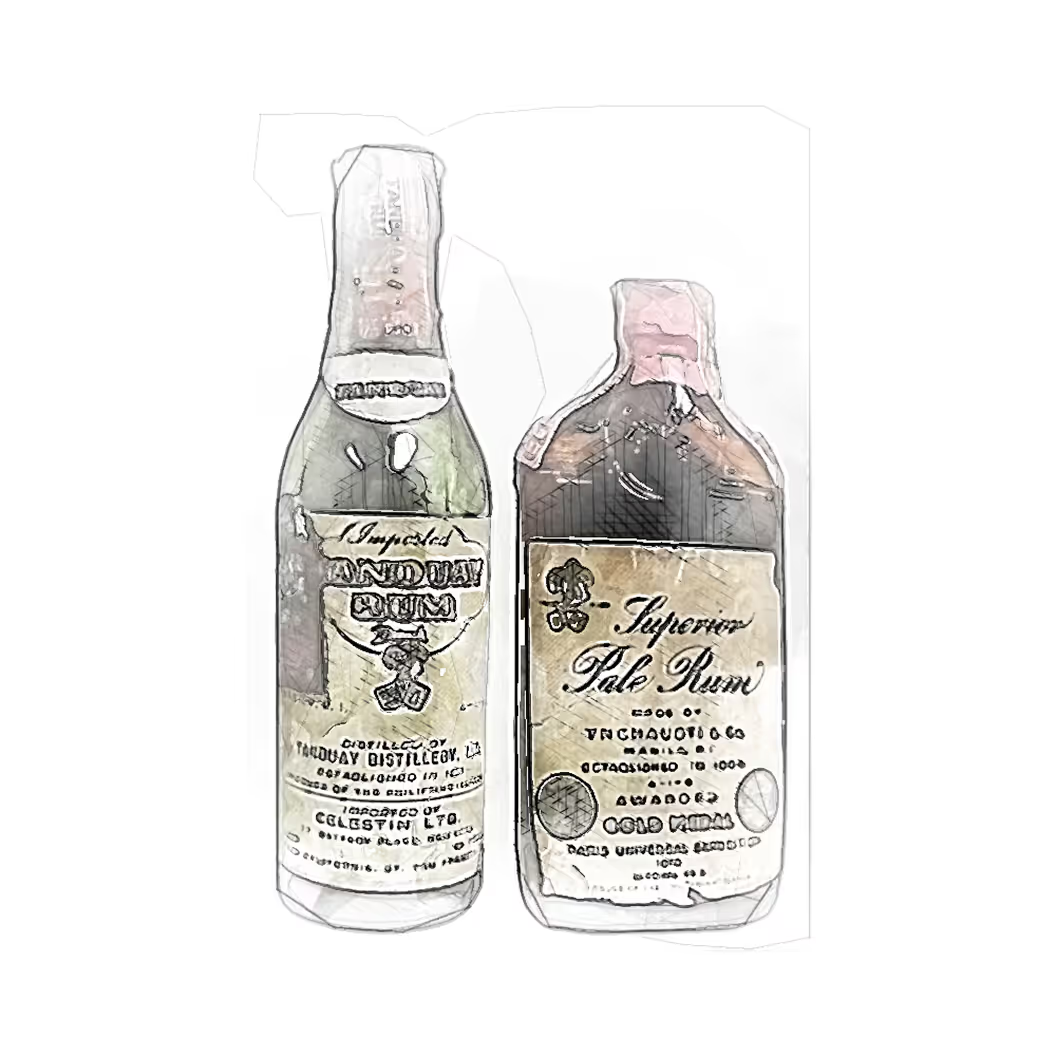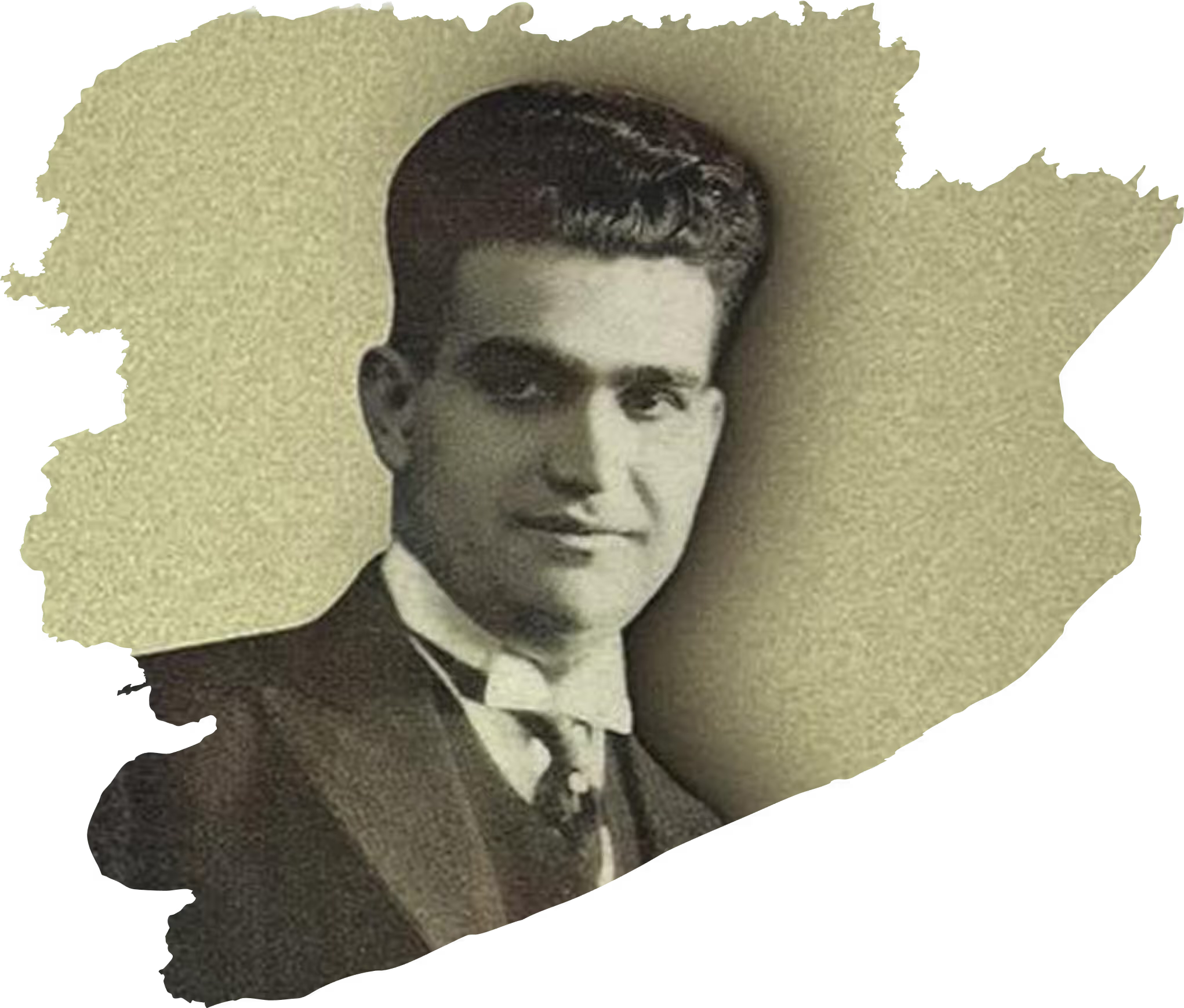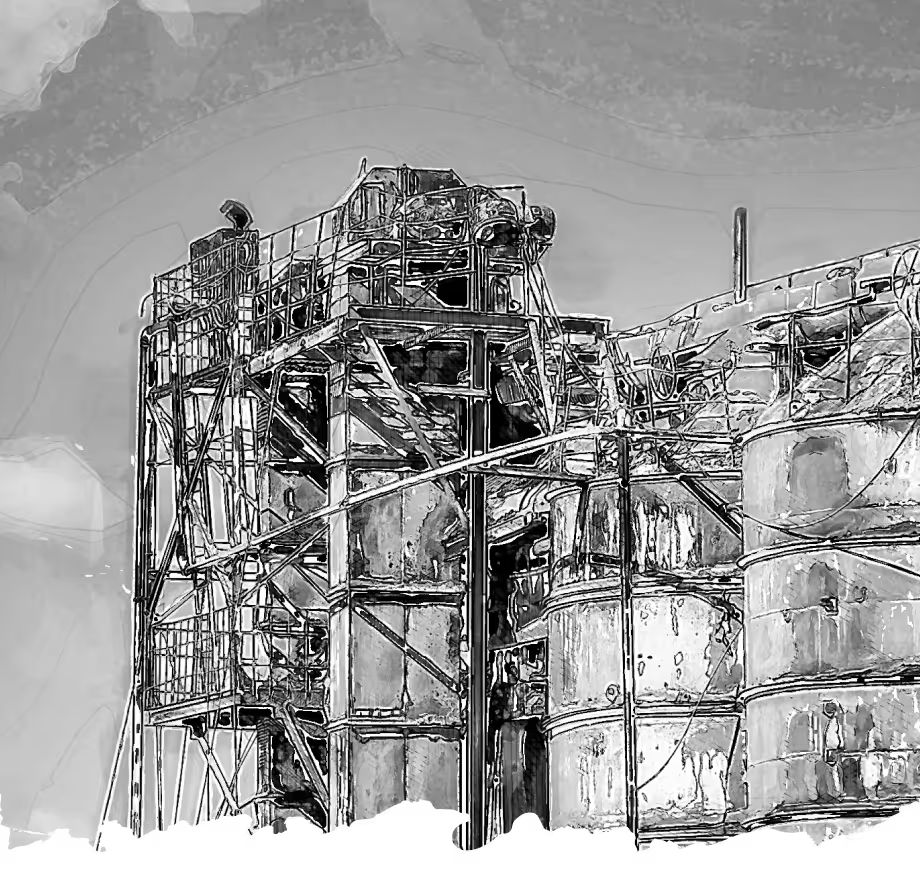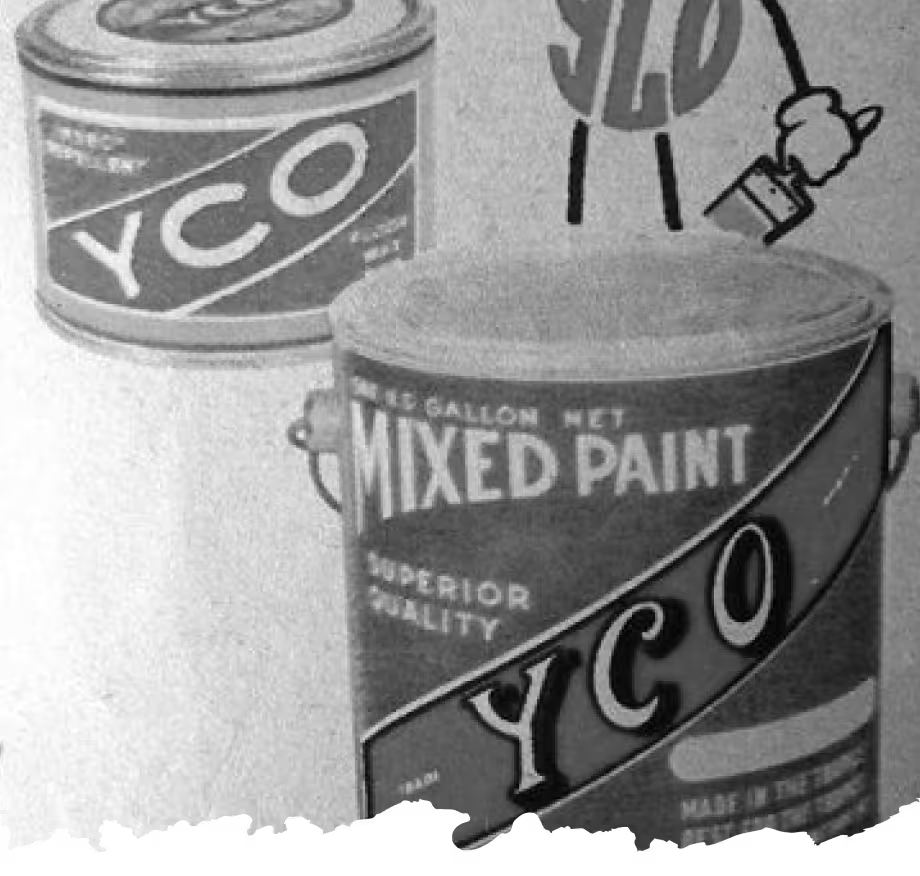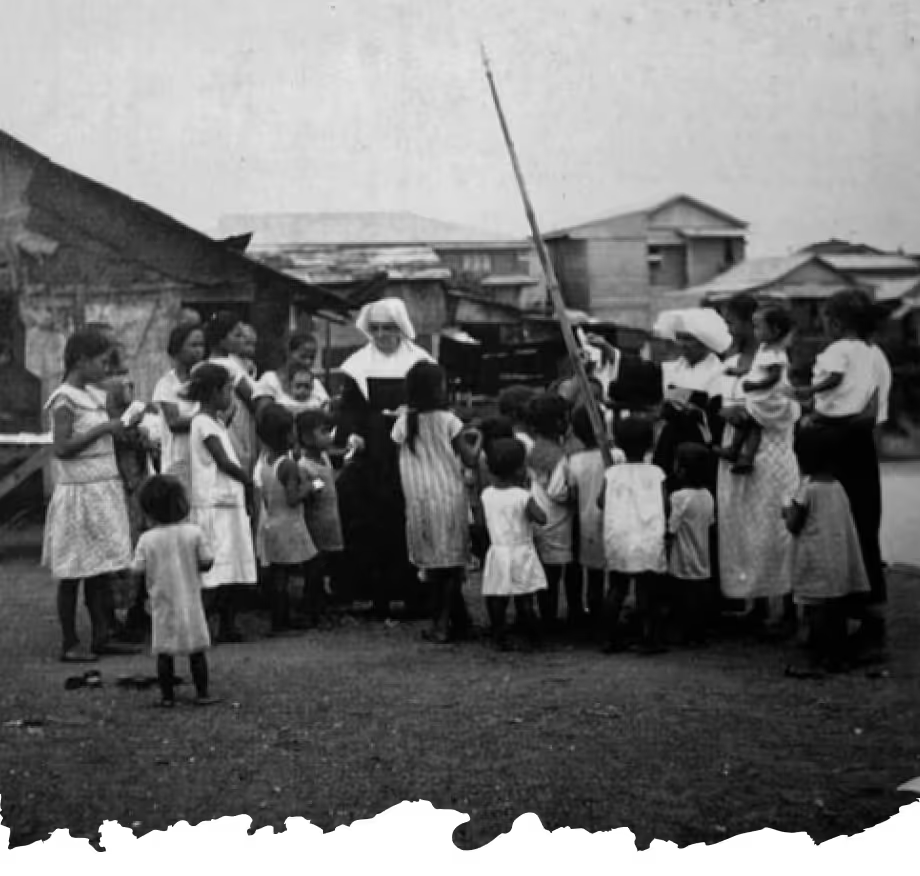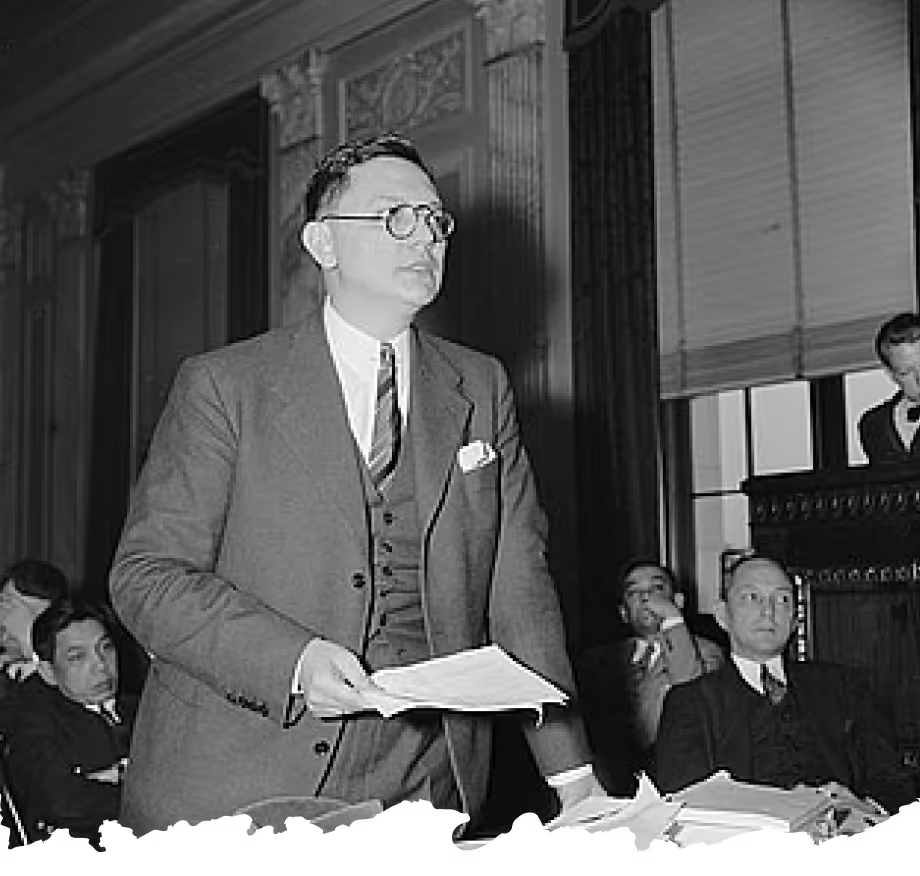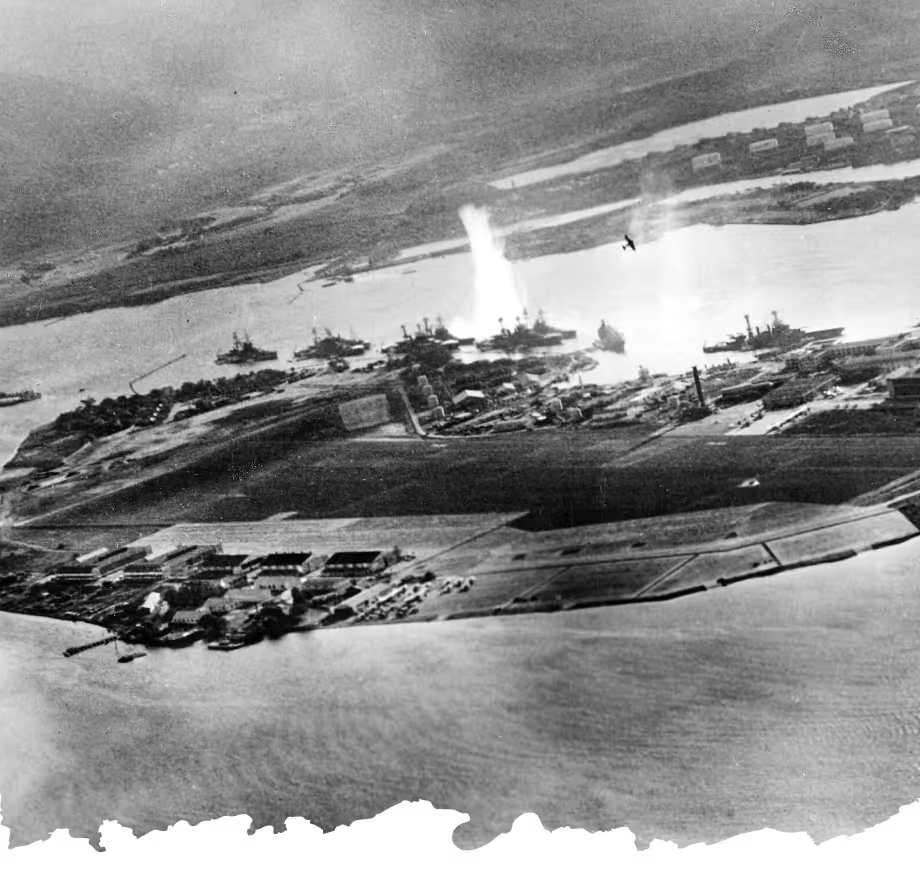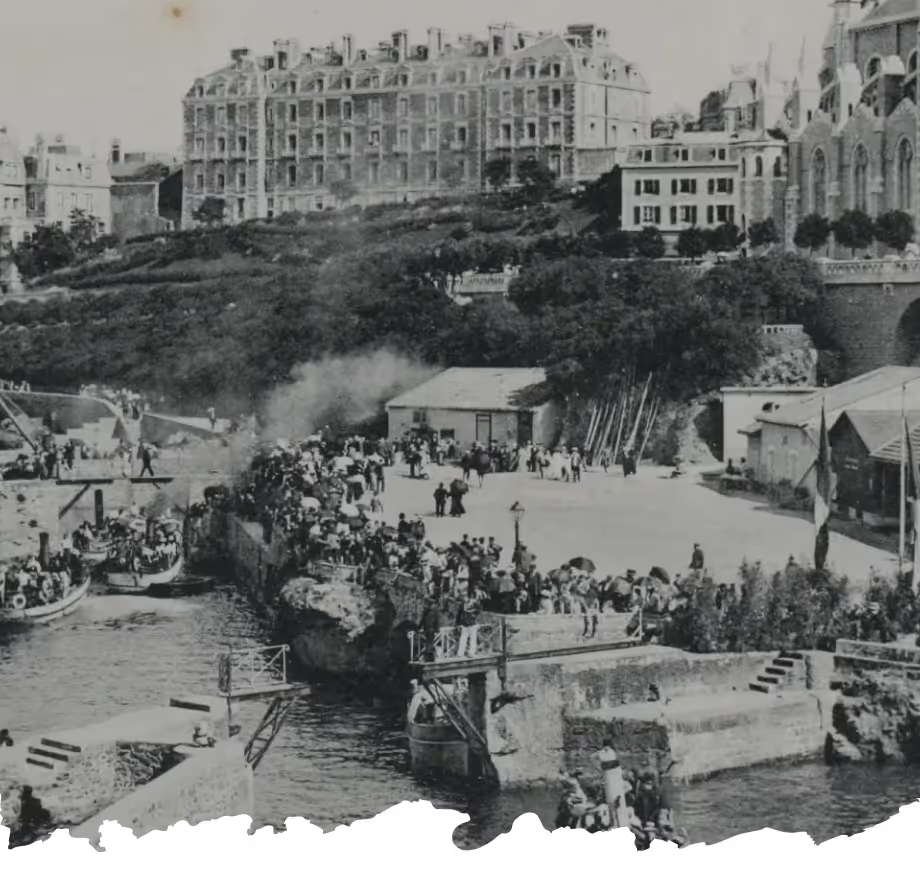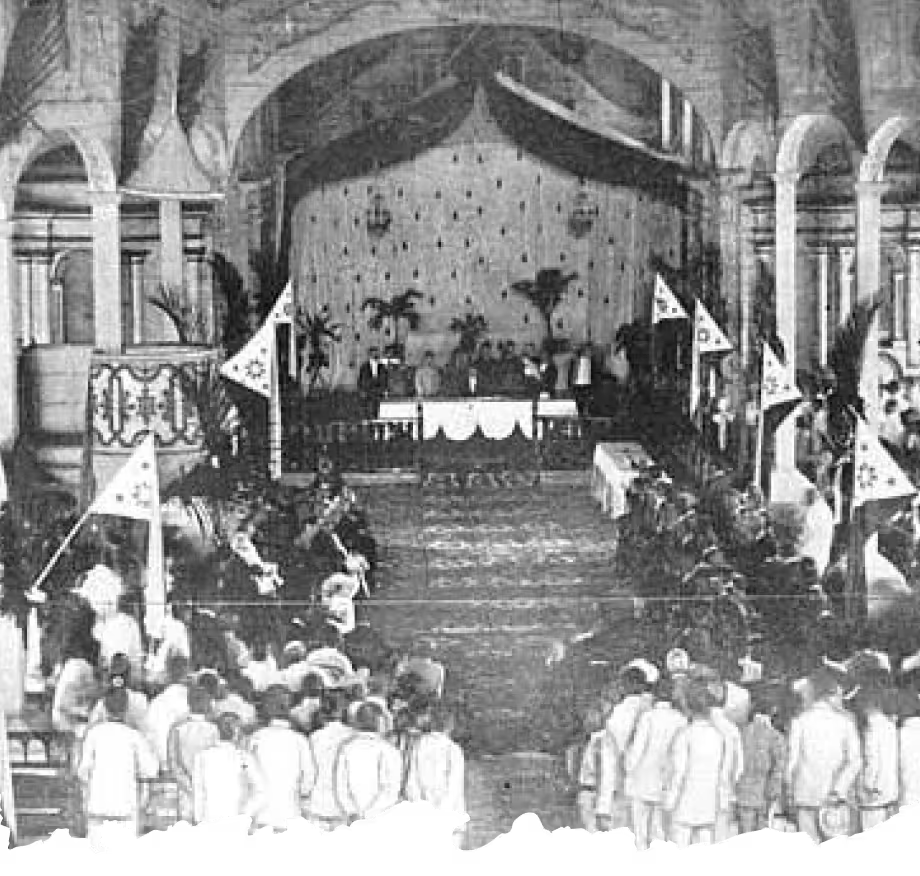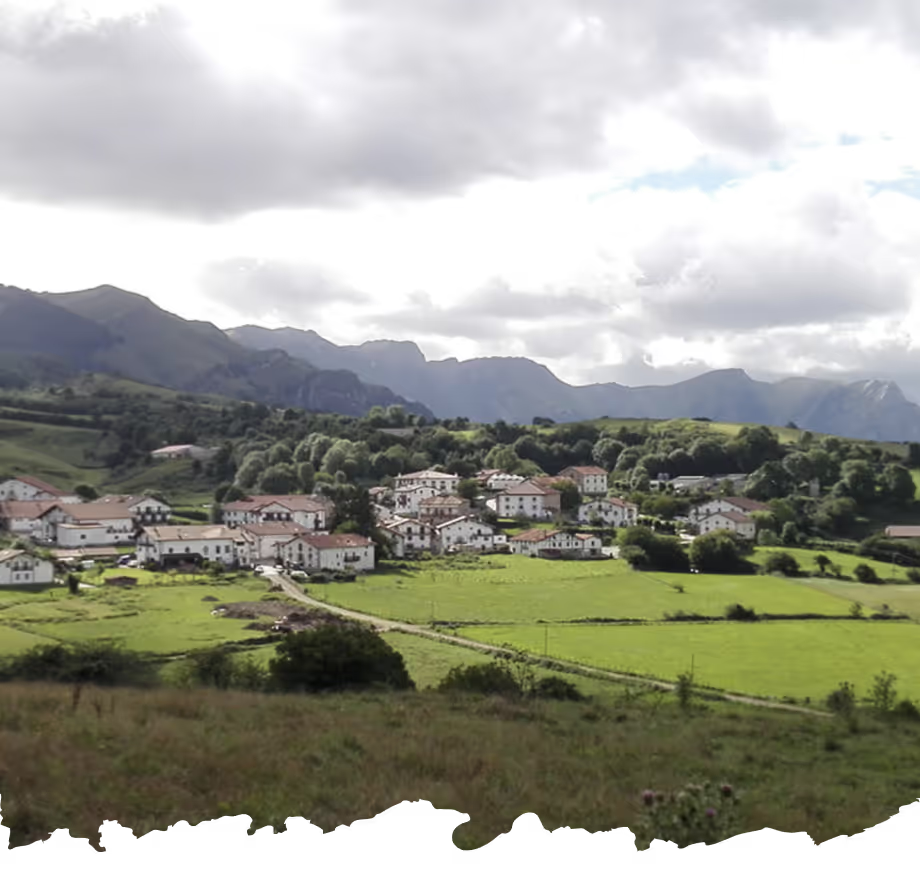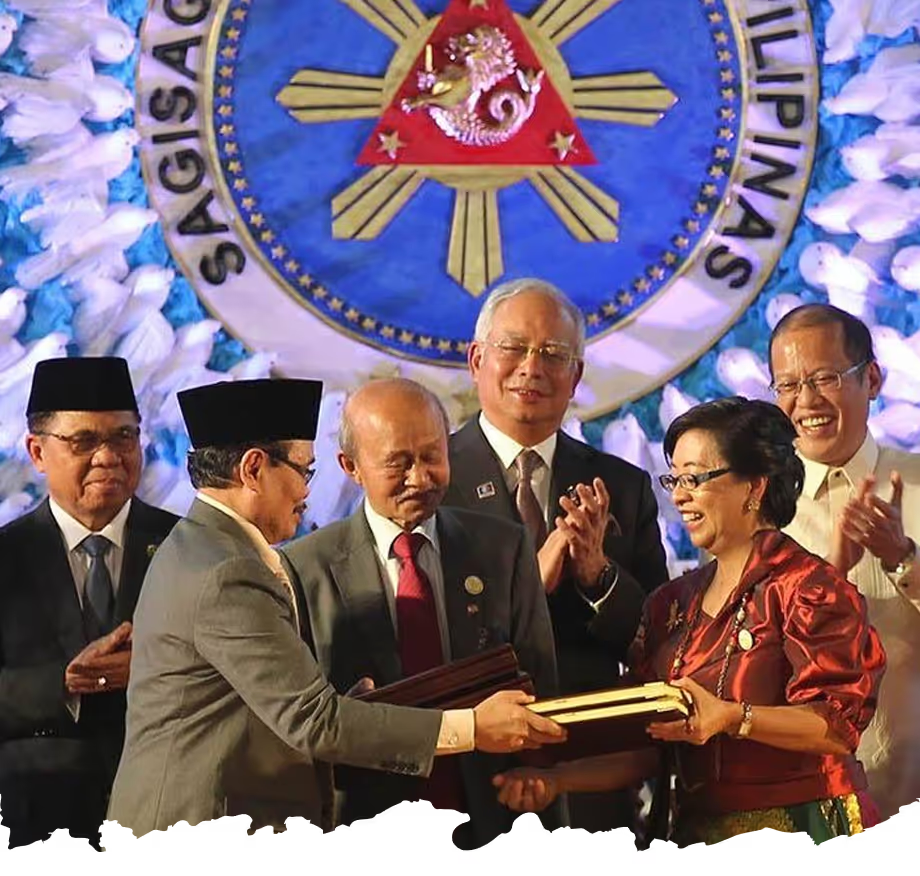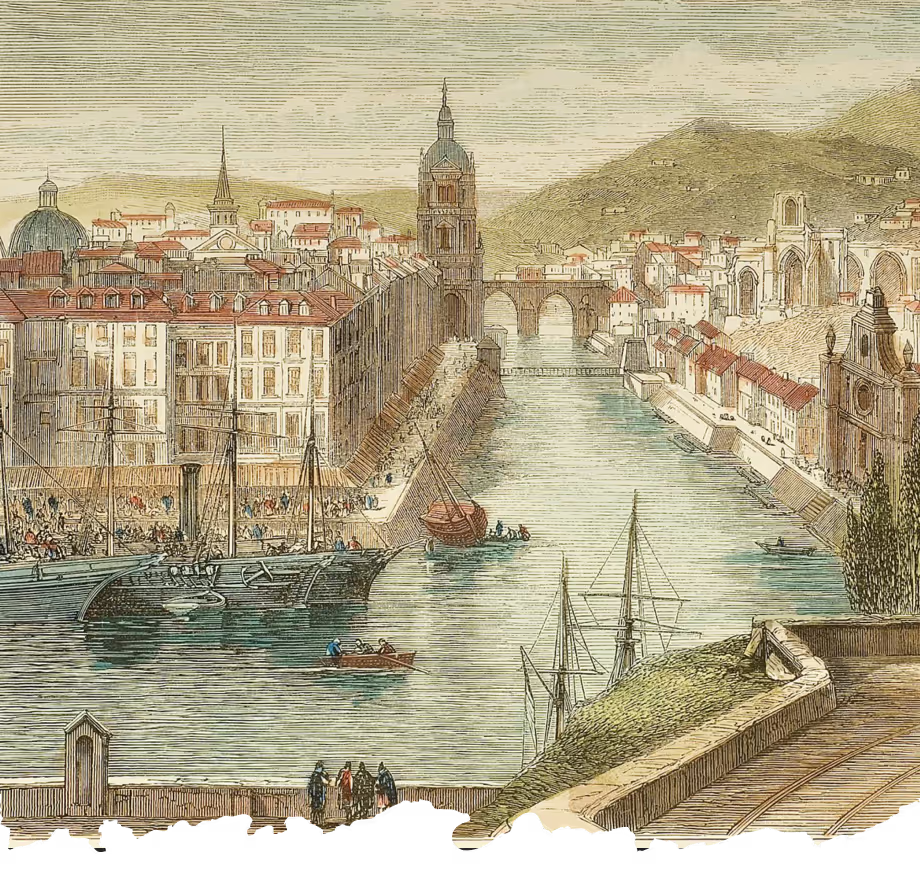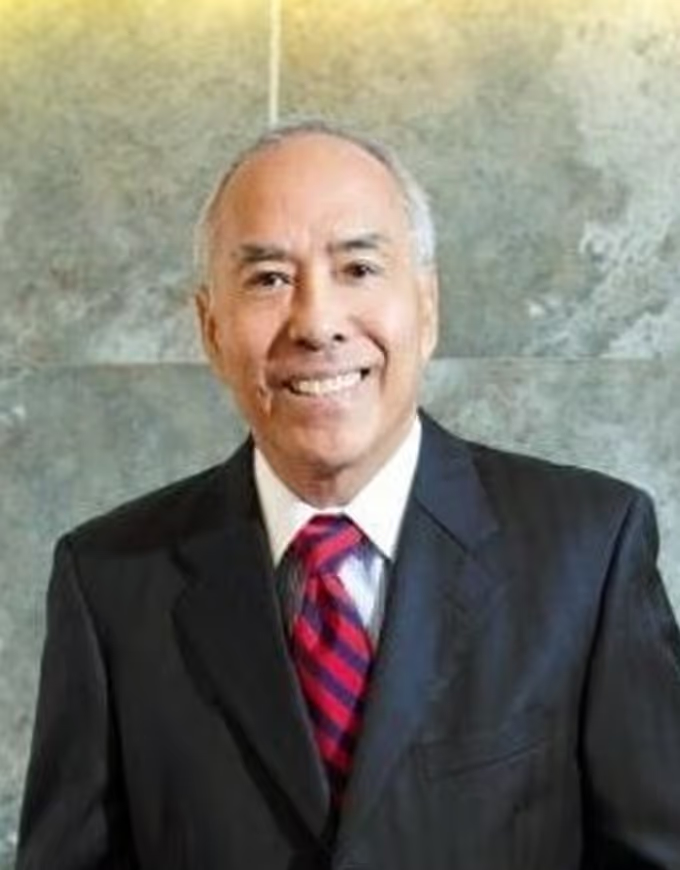1953
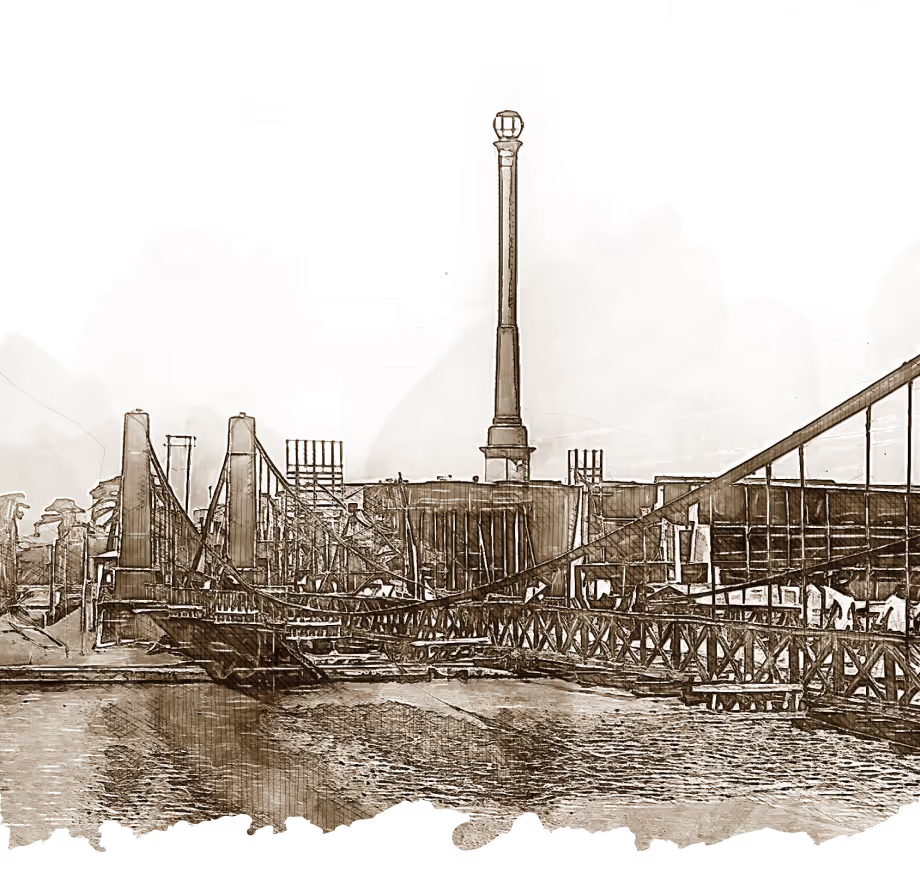
Built Puente Colgante in 1852. It was the first steel suspension bridge in Asia and the first toll bridge of its kind in the Philippines. It was considered as one of the most identifiable landmarks in pre-World War II Manila.
1956
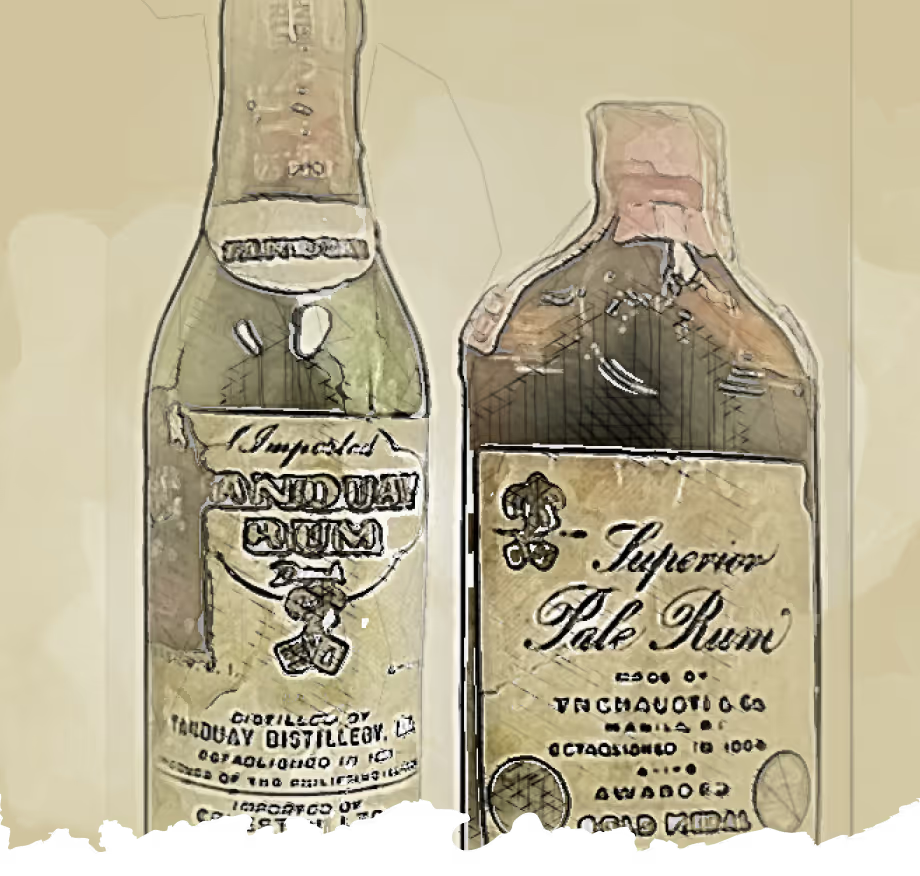
Diversified their business line to rum production. In 1862, the family built a rectifying plant in San Miguel District, Manila which was the precursor of what would become known worldwide as Tanduay Distillery. The coat of arms of the Ynchausti family became the seal on Tanduay rum.
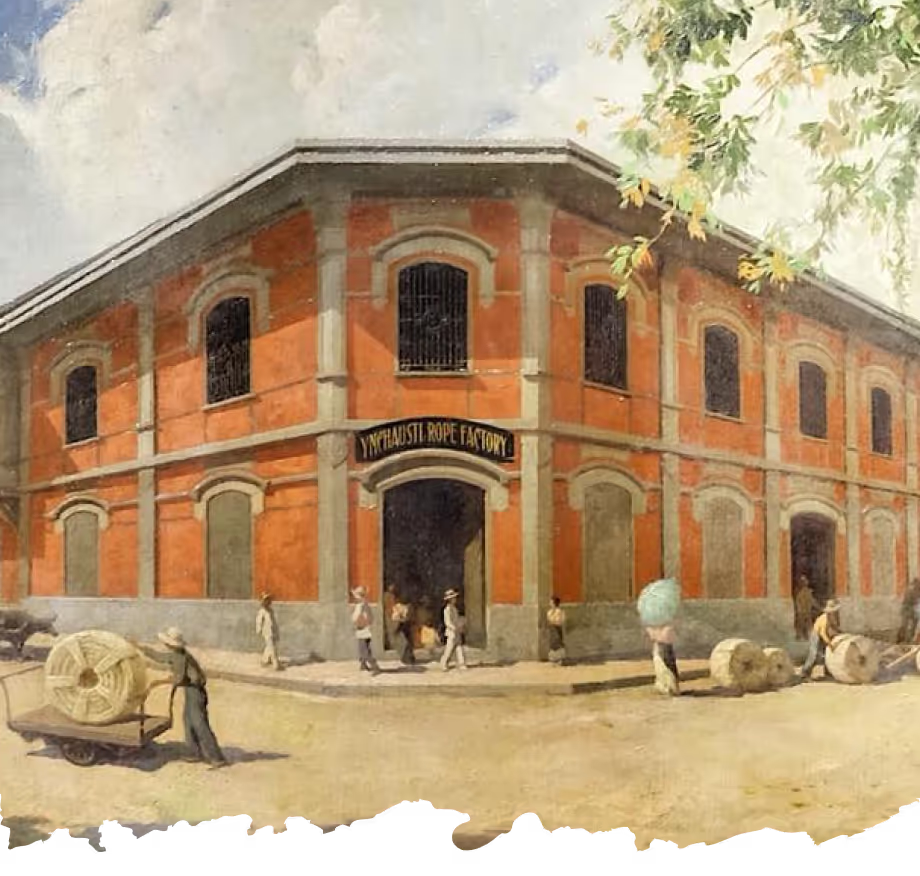
Founded the Ynchausti Rope Factory which manufactured high-quality ropes that would become renowned worldwide for their quality.
Mid 19th Century
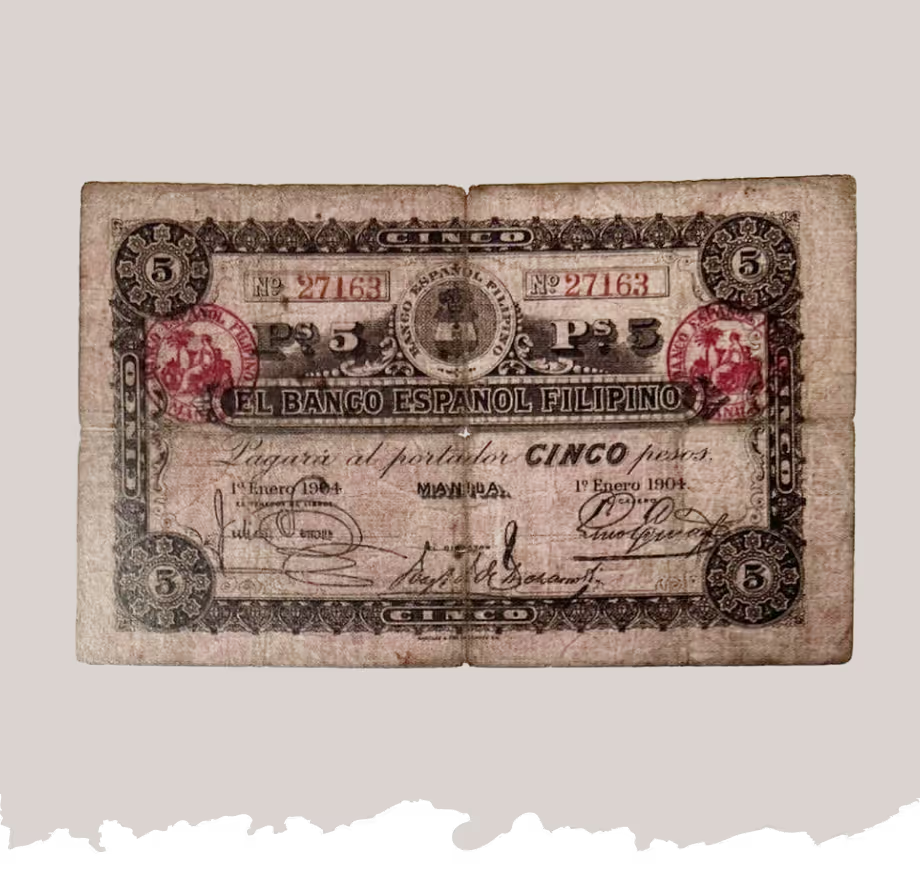
By the middle of the 19th century, established Banco Espanol-Filipino de Isabel II (renamed as Bank of the Philippine Islands) and an obras pias named Monte de Piedad represented the Ynchausti’s primary assets. In 1851, the bank was established via royal decree, at which point Jose Joaquin was one of the principal stockholders. He also served as Managing Director from 1868-1873 and 1876-1884.
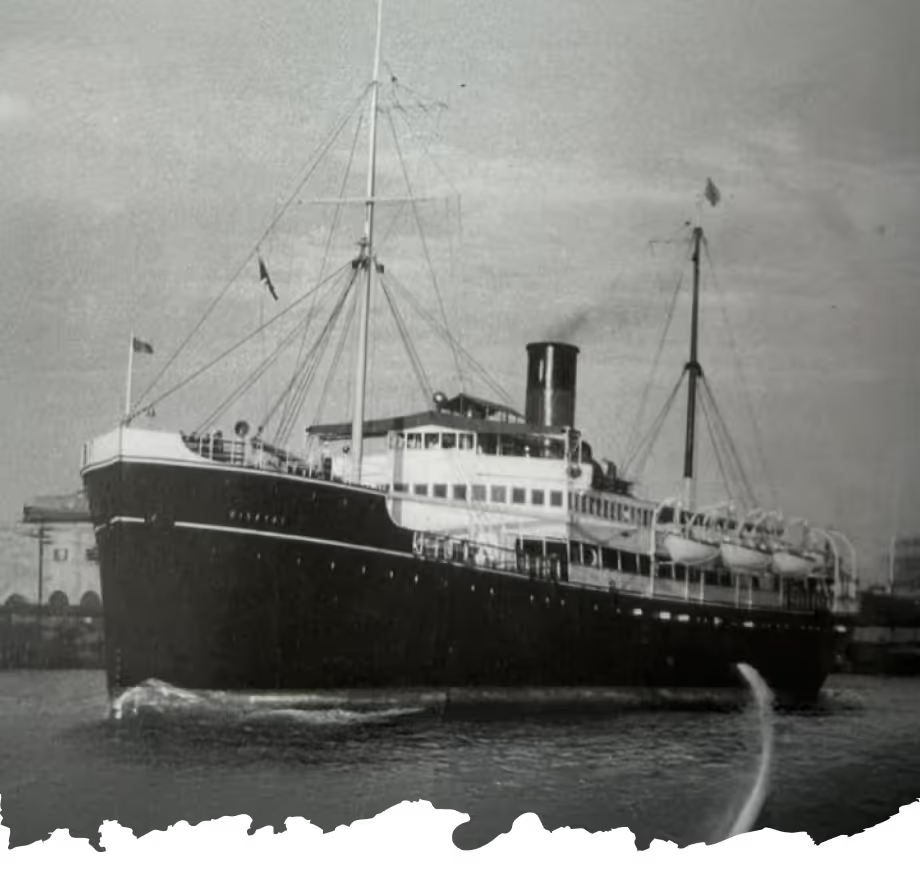
Established the Ynchausti Steamship Company and achieved the dual aims of participating actively in the trade routes - such as Manila to Hong Kong and the Laguna Lake to Manila - and transporting raw materials such as hemp, abaca, etc from their plantations to their factories of Tanduay and Tondo in Manila. It was the largest inter-island shipping company during its time, controlling trade between Manila and ports such as Iloilo. During this period, YCO owned and operated a great number of boats, 105 ships, among them 53 steamers, 33 lorchas, and 16 motorboats.
1890s-1900s
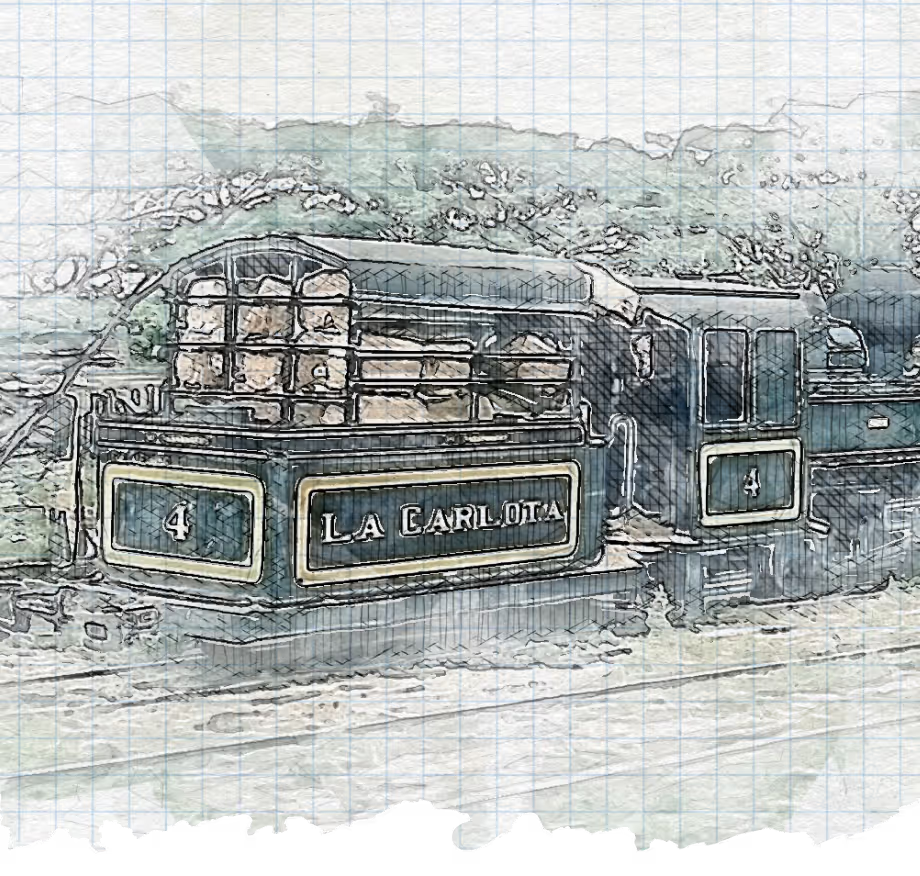
Developed another domain closely related to their other businesses: sugar production. By the 1890s and 1900s, YCO would be known to have important sugar assets, such as the famed sugar central La Carlota, one of the first modern sugar mills in Negros, and other plantations in Negros and Panay.
Early 20th Century
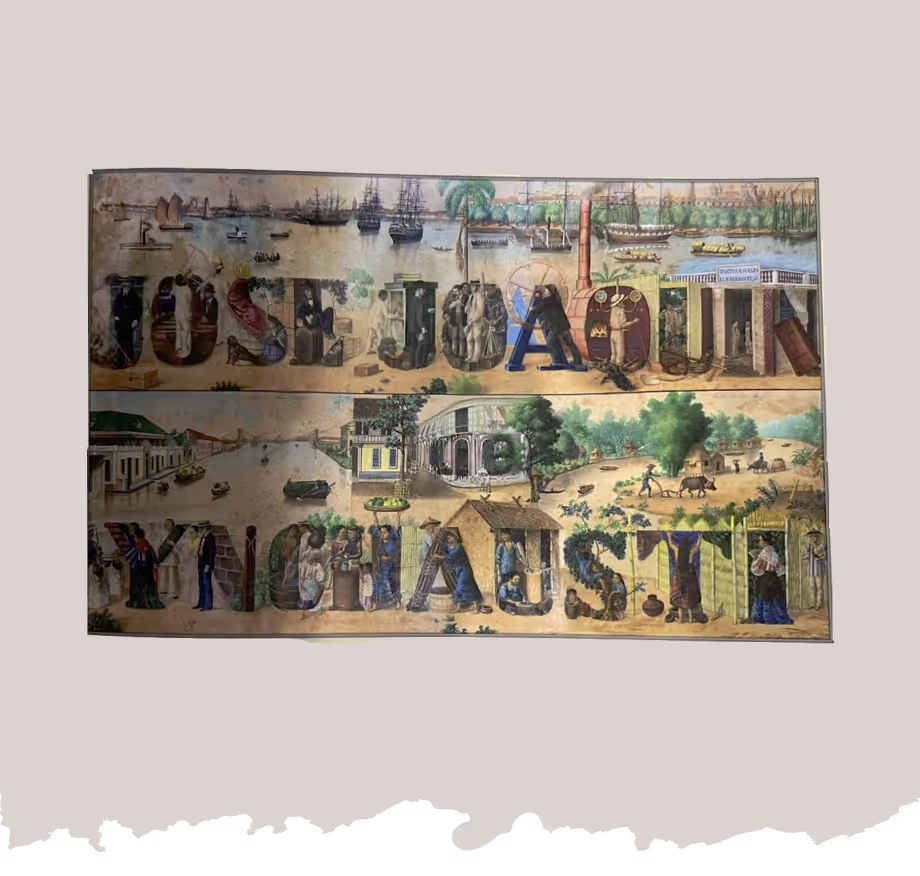
Towards the end of the 19th century, the Ynchaustis controlled the first multinational conglomerate in the Philippines as they expanded their offices in HongKong, Singapore, Beijing, Tokyo, San Francisco, New York.
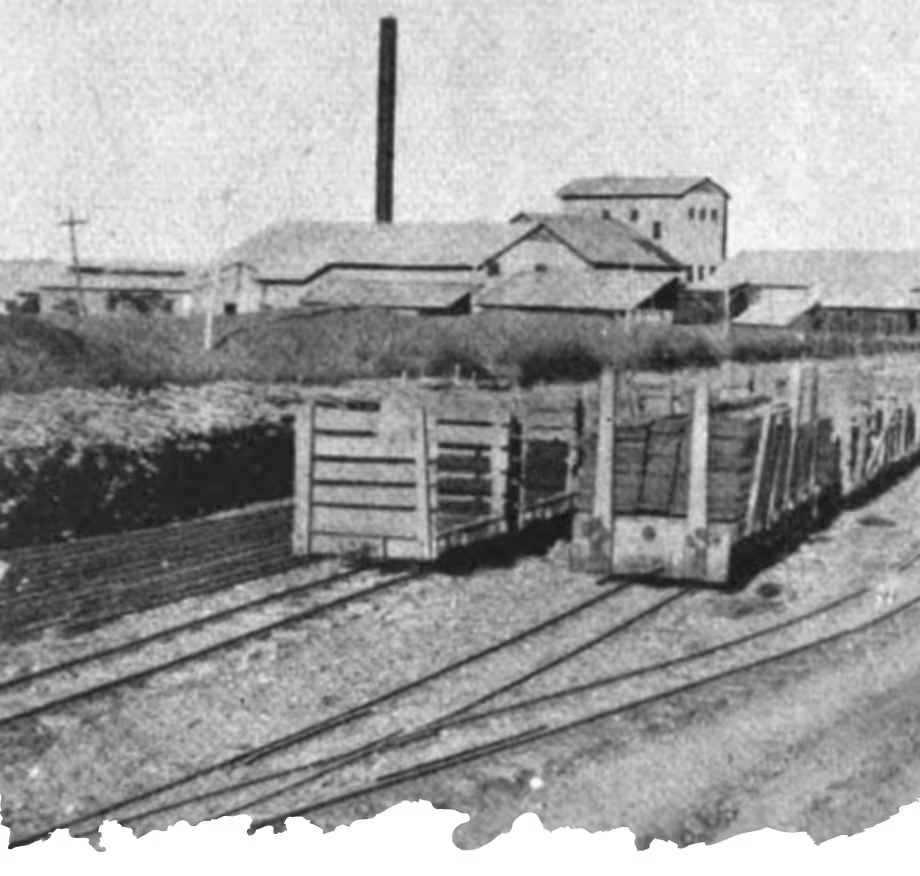
The Ynchausti brothers established the railway system in Negros, which linked their haciendas and sugar centrals to the port in Pontevedra. From there the production was sent via their ships to YCO’s offices in Iloilo and Manila.

